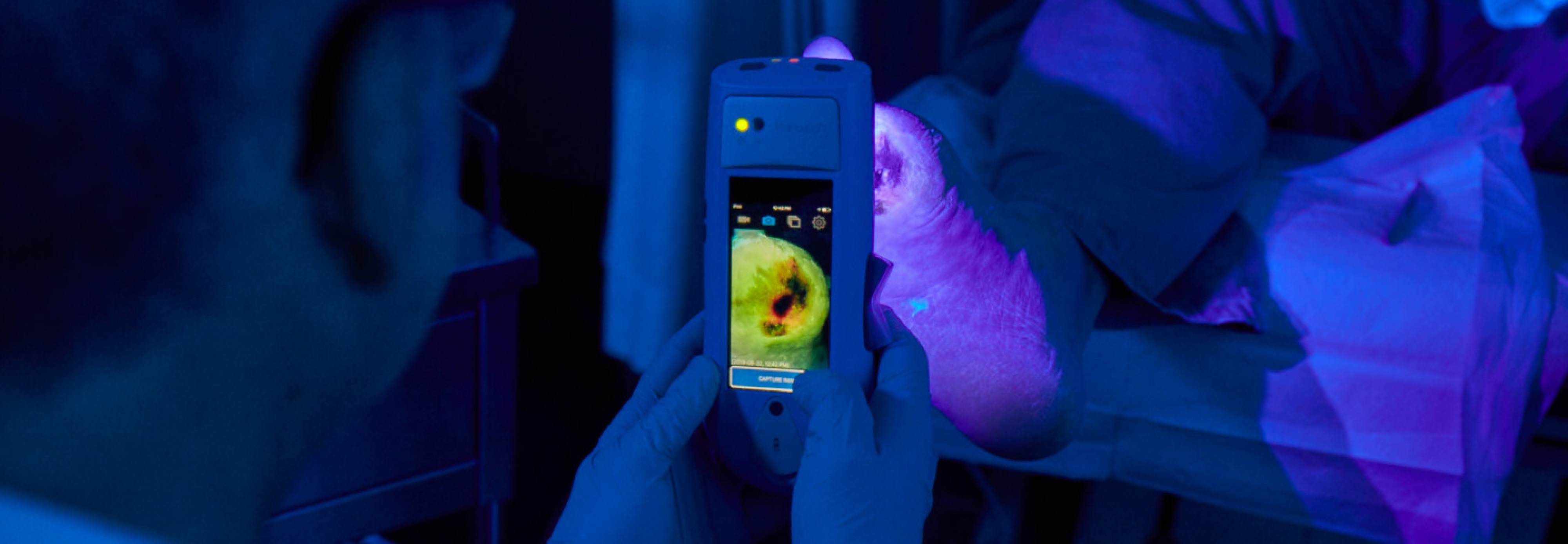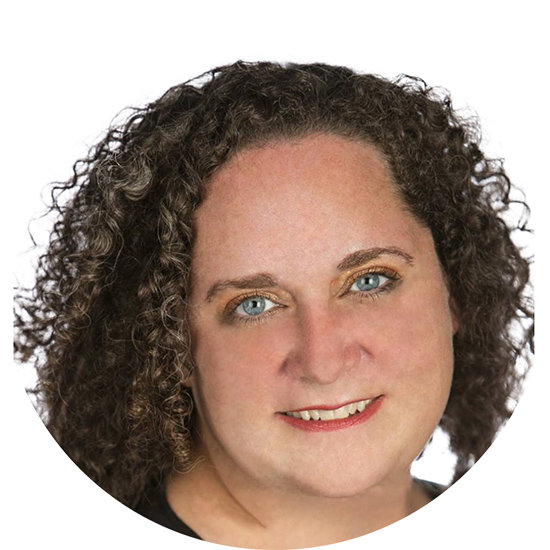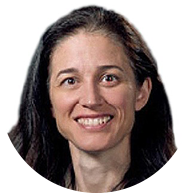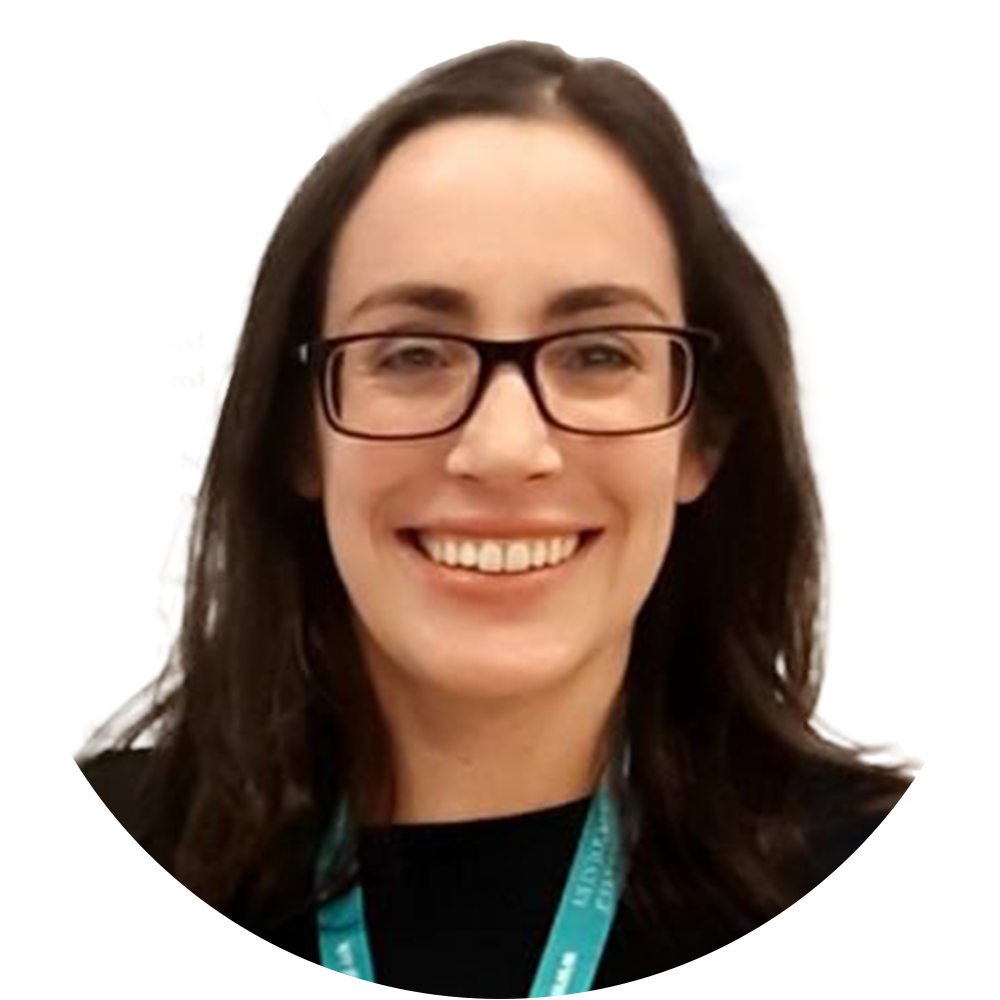Thomas E Serena, MD, FACS,MAPWCA, FACHM
CEO and Medical DirectorSerenaGroup IncCambridge, MA
Jeffrey D Lehrman, DPM, FASPS,MAPWCA, CPC, CPMA
Lehrman Consulting, LLCFort Collins, CO

Charles Andersen, MD, FACS, MAPWCA
Chief, Vascular/ Endovascular/ Limb Preservation, Surgery Service (Emeritus),
Chief Wound Care Service MAMC Medical Director Wound Care Clinic, Madigan
Army Medical Center, Tacoma, WA

Martha Kelso, RN, LNC, HBOT
Chief Executive Officer, Wound Care Plus, LLC
Blue Springs, MO

Eric Lullove, DPM, CWSP, FAPWH(c)
Chief Medical Officer, West Boca Center for Wound Healing
Coconut Creek, FL

Martha Kelso, RN, LNC, HBOT
Chief Executive Officer, Wound Care Plus, LLC
Blue Springs, MO

Alisha Oropallo, MD, FACS, FAPWCA
Chief Executive Officer, Wound Care Plus, LLC
Northwell Health
Lake Success, NY

Charles Andersen, MD, FACS, MAPWCA
Chief, Vascular/ Endovascular/ Limb Preservation, Surgery Service (Emeritus), Chief Wound Care Service MAMC Medical Director Wound Care Clinic, Madigan
Army Medical Center, Tacoma, WA

This session describes how point-of-care fluorescence imaging (MolecuLight i:X) for detection of elevated bacterial burden is being successfully employed in a large hospital outpatient clinic to change to a more proactive wound care treatment algorithm. Learn how fluorescence imaging performed before, during and after traditional wound care strategies (e.g., cleaning, debridement) and advanced treatments (e.g., CTP placement) aids clinical decision making to address bacteria earlier, improve treatment efficacy and limit infection (including cellulitis) from progressing at this site.
Nadine Price, MSc, BSc (Hons) Podiatry
NELFT, NHS
London, UK

This session describes results from a 2 year retrospective study comparing standard of care alone to standard of care with fluorescence imaging (MolecuLight i:X) of elevated bacterial burden. Learn how point-of-care information on wound bacterial burden provided by fluorescence imaging aided clinical decision making, leading to improved wound healing, reduced costs and reduced antimicrobial usage.



















